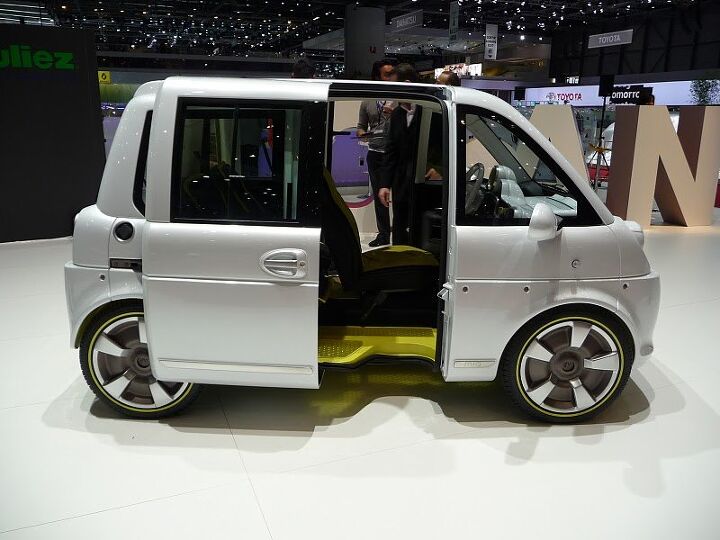#Mia
This is How the Nissan Micra Cup Racecar is Built for $20,000
When the Nissan Micra Cup series was announced in late 2014, there was one main goal: be the most affordable, semi-professional racing series in Canada.
In order to achieve that goal, everything about the series needed to be cost-effective. All races were scheduled in Quebec, where the majority of competitors reside, and tires and brakes had to wear in a predictable manner so as not to “fall off” during race weekends. However, the difficult part was building a racing car to a price — $20,000 CAD, or $15,225 USD at today’s exchange rates, to be exact — so that racers could either pony up the personal funds to buy it themselves or more easily woo sponsors to make their racing dreams come true.
During the planning phase of the series, Nissan Canada and series promoter JD Motorsport tapped racing car builder Motorsports In Action of St-Eustache, Quebec to build the pint-sized racers. MIA, which is located in an indescript row of commercial units racing at Autodrome St-Eustache about 40 minutes northwest of Montreal, fabricates and preps vehicles for varying types of racing series and prides itself on build quality. However, as they say, “Good, Fast, Cheap. Pick Two,” it’s much easier to build a racing car with a high-dollar budget than it is to put together an economical package like the one requested for Micra Cup.
Thankfully, due to MIA’s combined knowledge and ingenuity, racers get a decent chunk of all three. And MIA’s Carl Hermez gave us a tour to show us exactly how they do it.
Oh Mia: Leaf And I-Miev Get Serious Competition
Currently, the only commercially available plug-in on the European market is the Mitsubishi i-Miev. You can also have it as Peugeot iOn, or as Citroen C-Zero. Not much is known about their sales success. Launched in Japan in 2009, the i-Miev last month celebrated its 5000th car rolling off the Japanese production lines. Which earned the i-Miev the title “best selling pure EV” – the numbers are that big. The numbers will soon get much bigger – if all goes according to plan.

















Recent Comments